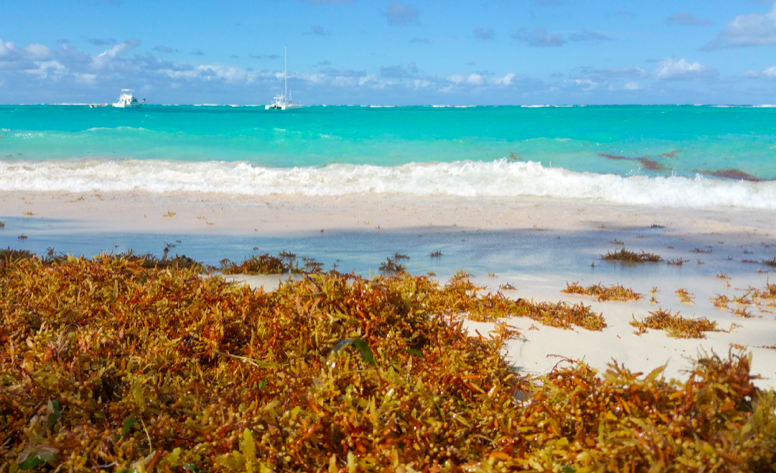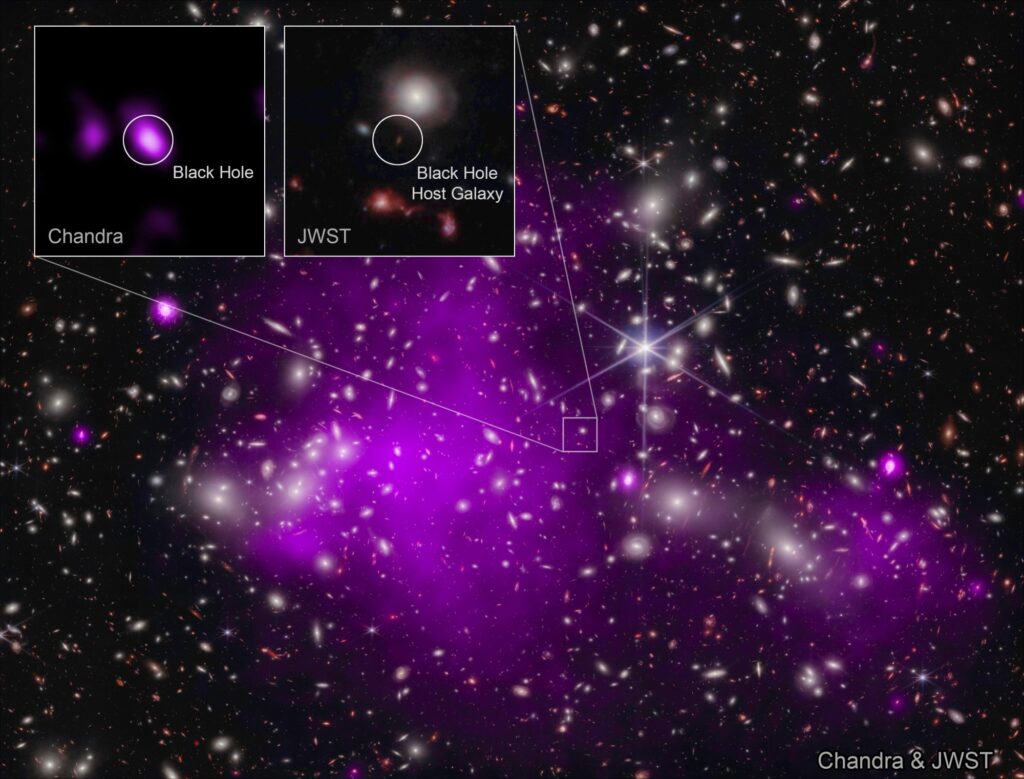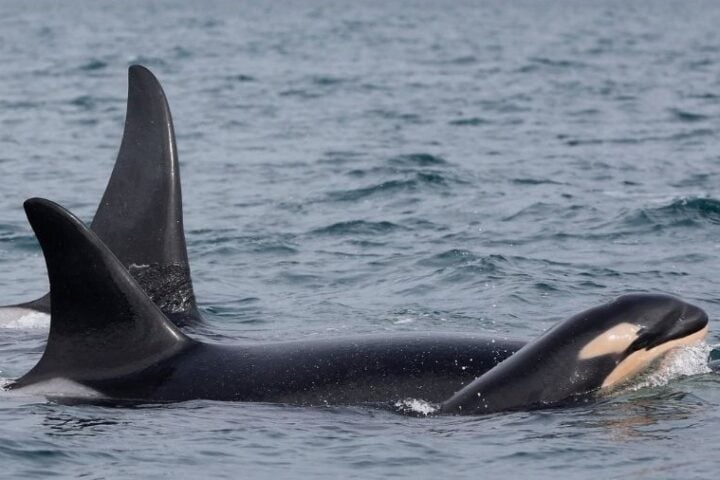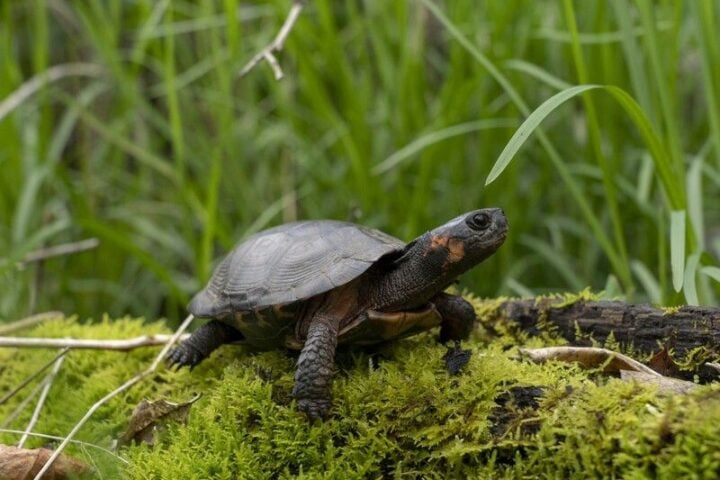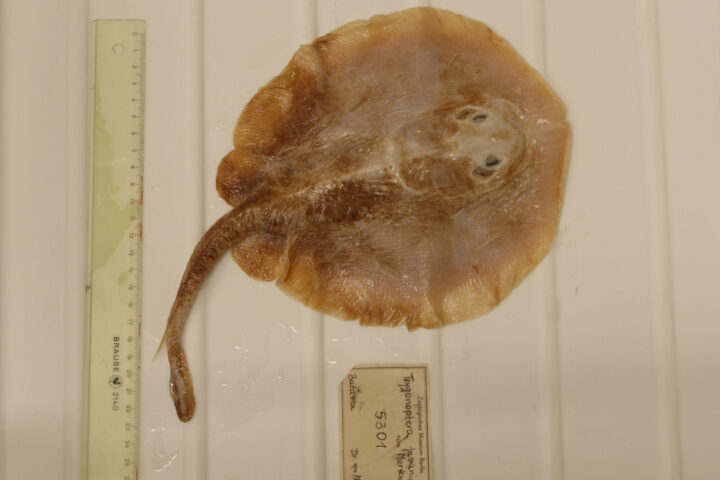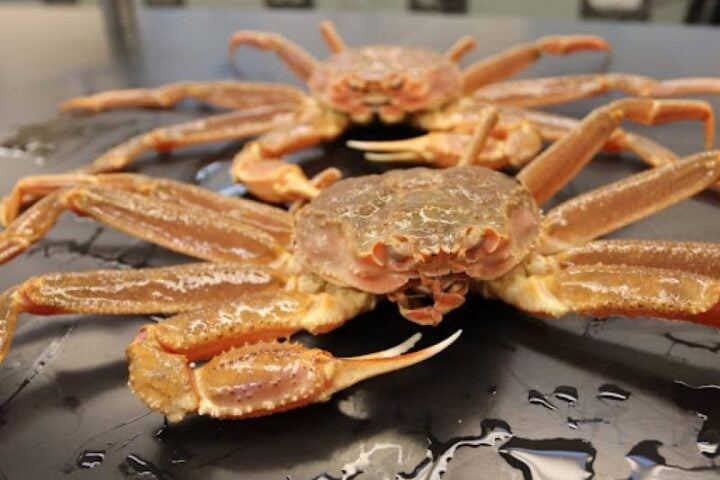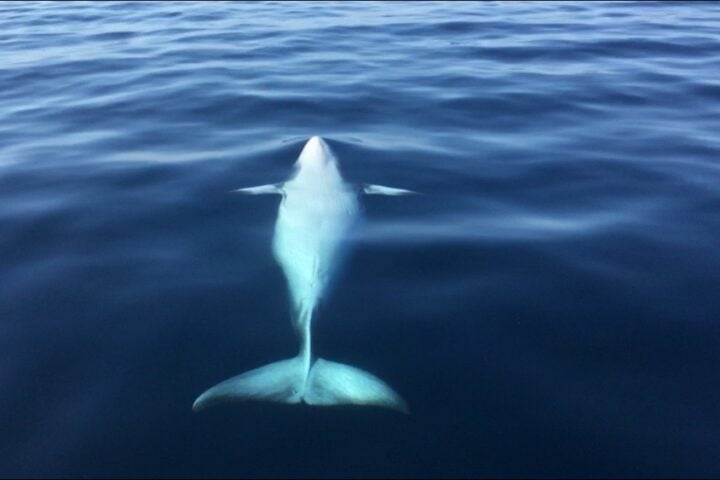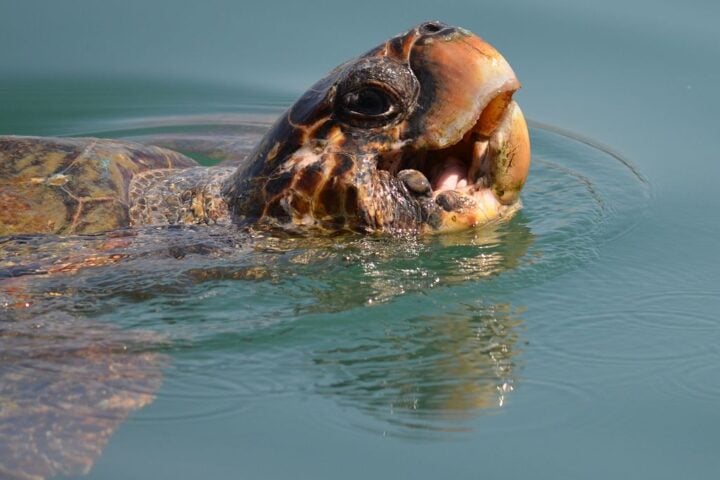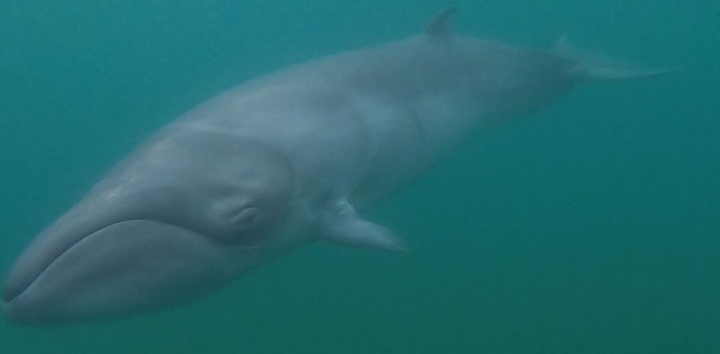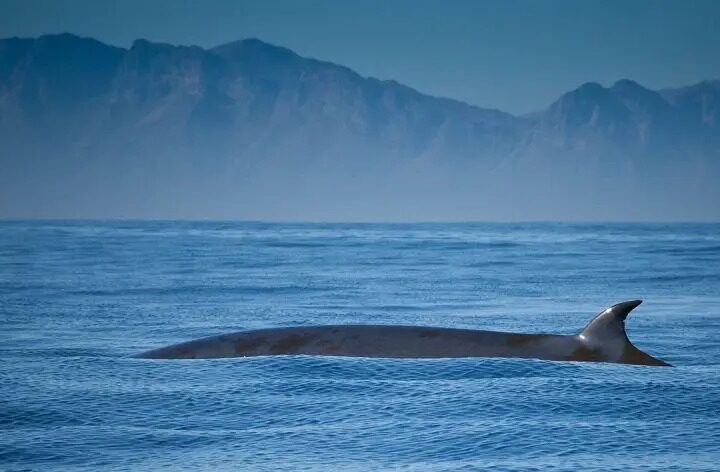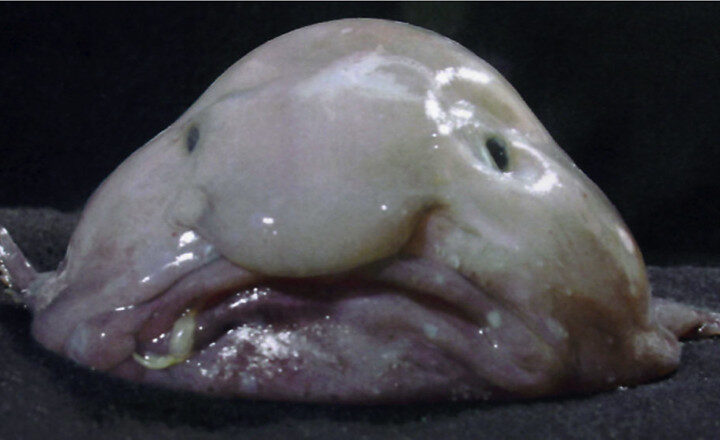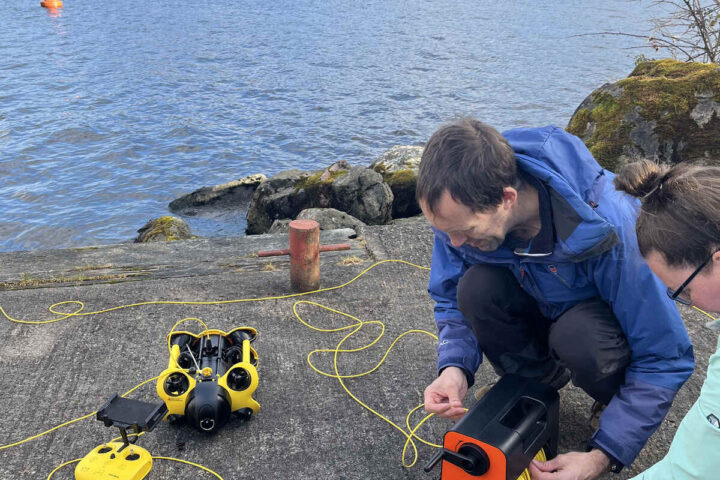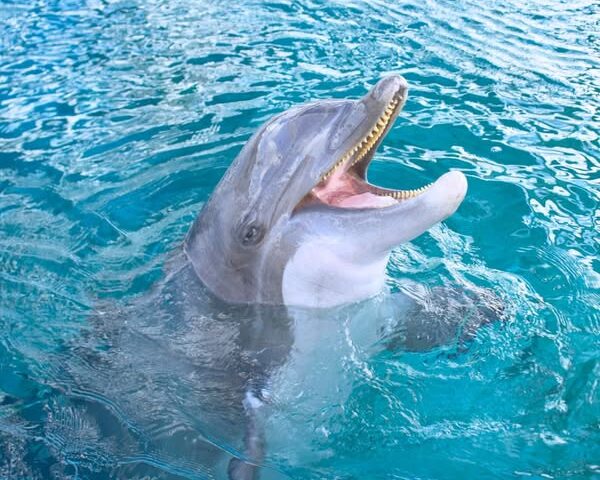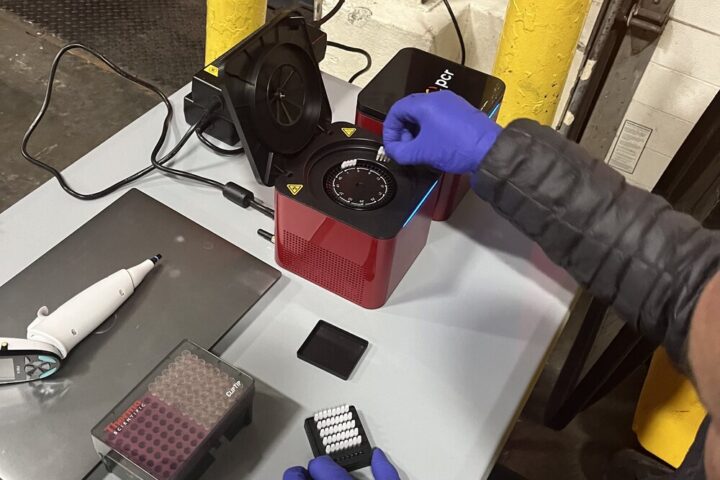The University of South Florida’s College of Marine Science is on a mission. With a $3.2 million boost from NOAA, they’re tackling a sea of trouble caused by Sargassum. This isn’t your average seaweed; it’s a massive, floating force that’s been clogging up our coasts with blobs as big as cities. In April 2023 alone, a 13-million-ton giant stretched over 5,000 miles. It’s a big deal because when it lands, it’s not just smelly; it’s harmful to both nature and people.
Brian Barnes, a sea-savvy researcher from USF’s Optical Oceanography Lab, is the captain of this new project. He’s been in the Sargassum game since 2013 and knows the score. “Up until this point, we have been using very coarse resolution satellite data to observe Sargassum,” he says. But with this grant, they’re sharpening their view to spot these green invaders down to the size of a single beach. It’s about getting local with the problem, giving folks a heads-up before their shores get swamped.
Yonggang Liu, another ocean expert at USF, is bringing in some heavy science to predict where these Sargassum patches will hit next. “Starting with locations where Sargassum patches are identified in the satellite images, the models will allow for forecasts that predict where the algae will be in as little as three days,” he explains. That’s crucial time for coastal communities to batten down the hatches.
Tom Frazer, the dean at CMS, is proud of their work. “The College of Marine Science has tremendous expertise in the remote sensing arena and resident researchers are leading the way toward improved detection and monitoring of Sargassum blooms,” he says. “This award demonstrates our faculty’s strength in coordinating collaborative research that has the potential for real-world impact.” They’re not just watching the waves; they’re giving people the power to plan ahead.
This isn’t the first time Sargassum’s been a problem. Back in 2011, scientists, including USF’s own Chuanmin Hu, noticed it was growing like crazy, thanks to nutrients pouring into the ocean. Since then, it’s been an annual headache, especially for places that rely on clear waters and clean beaches to draw tourists.
The goal here is clear: figure out how Sargassum is messing with water quality and coastal life, then help those hit hardest to get ready and reduce the damage.
“This grant allows those areas most impacted by Sargassum, such as Puerto Rico and the United States Virgin Islands, to better prepare for potential inundation events and, with appropriate intervention, lessen devastating effects to their communities,” Barnes adds. It’s about being prepared and protecting our coastal neighbors and the seas we all share.
USF’s marine scientists are on the front lines, using the latest tech to keep an eye on Sargassum. They’re not just forecasting; they’re helping to fend off these green giants of the ocean. It’s a blend of high-tech and heart, science and spirit, all to keep our coasts clear.
